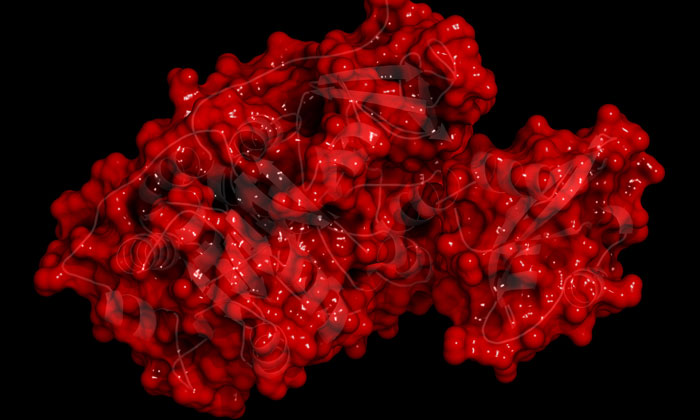Researchers develop synthetic bioluminescence to view body’s cells externally
Posted: 23 February 2018 | Drug Target Review | No comments yet
Researchers in Japan have ramped up nature’s wonder that is bioluminescence to enable deep tissue cells to be seen from outside the body.


Glowing creatures like fireflies and jellyfish are captivating to look at but also a boon for science, as their bioluminescence enables a host of biological processes to be seen.
Now, scientists in Japan have supercharged these molecules, making them hundreds of times brighter in deep tissues, thus allowing for imaging of cells from outside the body. The bioengineered light source was used to track cancer cells in mice and brain-cell activity in monkeys, but its applications extend beyond the lab.
Bioluminescence is the result of a biological partnership: an enzyme – in this case luciferase derived from fireflies – catalyses the substrate D-luciferin, creating a green-yellow glow in the process. The desire to increase the efficiency of this process has incited extensive research, including swapping out luciferin for synthetic analogues and improving the rate of catalysis. Collaborators from the University of Electro-Communications, Tokyo Institute of Technology and Kyoto University worked with Atsushi Miyawaki of the RIKEN Brain Science Institute, seeking to go further by refining both ingredients to create AkaBLI, a completely bioengineered bioluminescence system for in vivo use.
Previous studies established that a synthetic luciferin called AkaLumine-HCl is able to penetrate the blood-brain barrier and produce a reddish light that is more easily seen in body tissues. However, given its lack of compatibility with the natural luciferase they successively mutated the enzyme to improve pairing with AkaLumine-HCl. The resulting Akaluc protein is both a more efficient catalyst for the substrate and more abundantly expressed by cells.
In the mouse brain, this combination of Akaluc catalysing AkaLumine-HCl, dubbed AkaBLI, resulted in a bioluminescence signal 1000 times stronger than that of the natural luciferase-luciferin reaction. Elsewhere in the body, just one or two glowing cells were clearly visible from within the mouse lung – something that could be useful for monitoring transplanted cells.
Bioluminescence can be introduced easily and voluntarily by including AkaBLI in animals’ drinking water. This would produce the most persistent glow, although injecting the molecules yields greater intensity.
Commenting on the value of this improved process, Miyawaki said: “The fundamental improvement is the practical applicability for in vivo physiological studies.” With AkaBLI, the way in which brain activity and structures change with behaviour can be directly observed over time. In an experiment where mice were exposed to familiar and new cage environments, the same neurons in the hippocampus could be recorded over multiple days.
“This is the first time such a small ensemble of a few dozen deep neurons related to a specific learning behaviour can be visualised non-invasively,” says Miyawaki.
The potential for this kind of stable and long-lasting bioluminescence for understanding neural circuitry during natural behaviours, observes Miyawaki, is intense.
Related topics
Imaging, In Vivo, Technology
Related organisations
Kyoto University, RIKEN Brain Science Institute (BSI), Tokyo Institute of Technology, University of Electro-Communications
Related people
Atsushi Miyawaki







